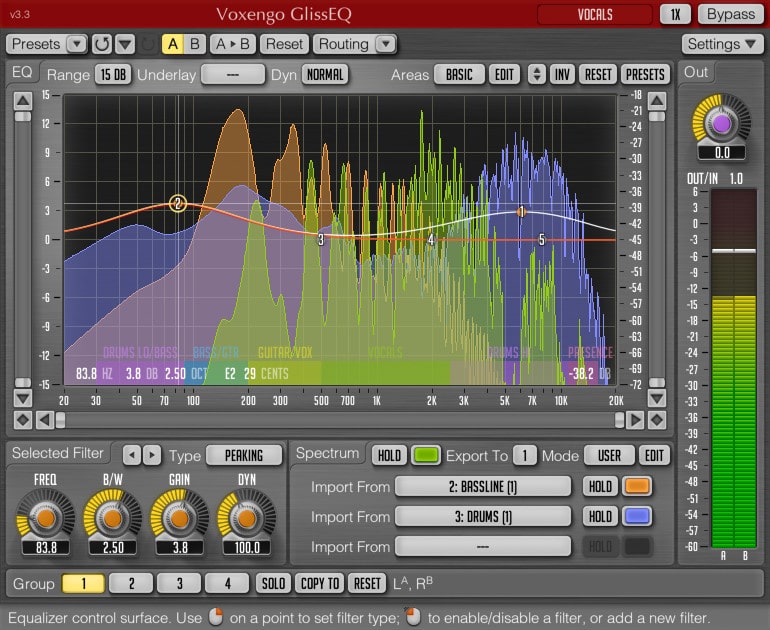

It's best to use plugins that already run with LinVst3 and/or use TestVst3 to test how a plugin might run under Wine.

Plugins running in one process are not sandboxed, so if one plugin crashes then the whole lot might crash.

Plugin instances can communicate with each other (which is not possible with LinVst3), for example, Voxengo GlissEQ instances on different tracks simultaneously displaying the track spectrums and Kontakt instances on different tracks that use the same library not having to load samples for each new instance etc. LinVst3-X runs vst plugins in a single Wine process so plugins that communicate with each other or plugins that can use shared samples between instances will be able to communicate with their other instances. LinVst3-X (the X stands for Extra) adds support for Windows vst3 plugins to be used in Linux vst capable DAW's. Unlike Vst2, saved projects using wrapped Vst3 plugins are not compatible/transferable between Linux daws and their Windows versions and vice versa.


 0 kommentar(er)
0 kommentar(er)
